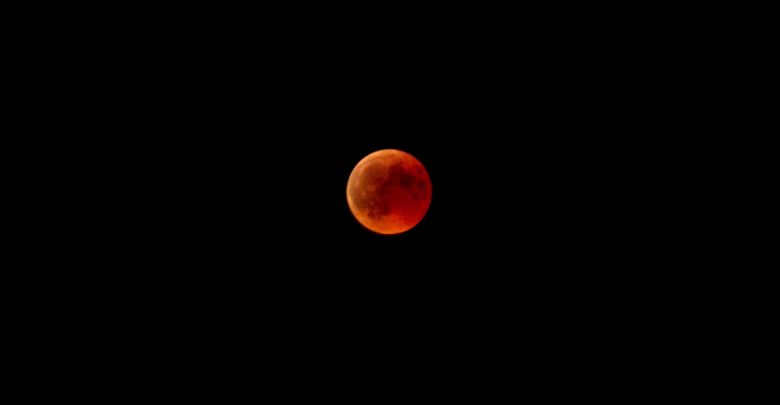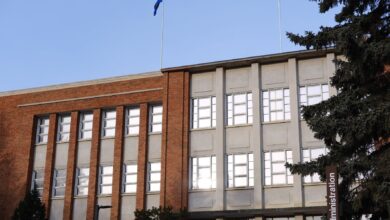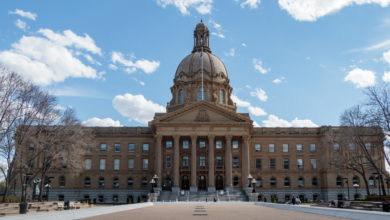 Photo by Luca Rüegg on Unsplash
Photo by Luca Rüegg on UnsplashAnalysis of the two Martian moons suggests they may have originally been a part of Mars itself.
Research from the University of Alberta and Stony Brook University contradicts a long-held theory that Mars’ two moons, Phobos and Deimos, were originally asteroids captured by the planet’s gravitational pull. Instead, the discovery suggests that Phobos and Deimos are likely made up of pieces of Mars that were ejected into space after Mars collided with another celestial object early in the planet’s formation.
U of A astrogeologist Chris Herd and co-author of the study explained that the team used a technique called “reflective spectroscopy” to determine if the Martian moons were compositionally similar to asteroids as was previously thought.
Because different materials absorb and reflect infrared light differently, researchers can use the reflected spectrum to determine if different objects are made of similar materials.
But when the researchers compared the spectrum obtained from a known asteroid from the asteroid belt, the Tagish Lake meteorite, with the spectrum of the Martian moons obtained from the 1998 Mars Global Surveyor – they didn’t match up.
“The observation tells [us] that the moons probably aren’t captured asteroids,” Herd said. “Meaning we had to look at other explanations for how the moons might have formed.”
Herd explained that another potential model for Phobos and Deimos’ creation could be that a massive impact on Mars during the planet’s formation could have ejected large portions of the Martian crust into space that may eventually coalesce into a moon.
“Interestingly, that’s how we think our own moon formed,” Herd said. “But our own moon was formed from a lot more [ejected] debris, making it much larger than the Martian moons.”
The model may also explain the presence of a large depression on the northern surface of Mars which researchers believe may have been caused by a massive impact.
“We call it the northern lowlands or the northern basin,” Herd said. “It’s a depression on the [Martian surface] and its formation has been a fundamental problem for Mars science. But maybe [the depression and the moons] are linked. Maybe a giant impact sheared off a huge chunk of Mars that then became the moons.”
However, testing the theory would require researchers to obtain a portion of Phobos and Deimos for analysis on Earth. The current Martian surface has become significantly different from what it would have been like during the planet’s formation approximately 4.5 billion years ago, making current spectral comparisons between the Martian moons and Mars invalid.
“The early crust has been obscured or covered up by things like lava flows from volcanic activity,” Herd said. “We’d be really hard pressed today to find a place [on Mars] that’s part of the original crust.”
Only by capturing a piece of Phobos and Deimos can researchers determine whether it’s composition matches those expected of the original Martian surface.
“This is the direction that the evidence points to,” Herd said. “But science is incremental. We still need a lot more pieces of data before we can get the whole story.”




